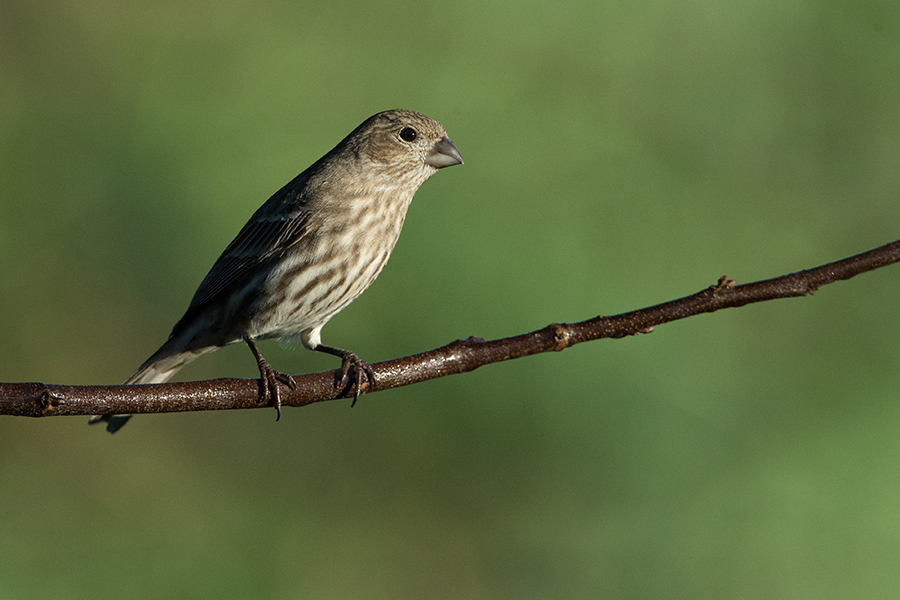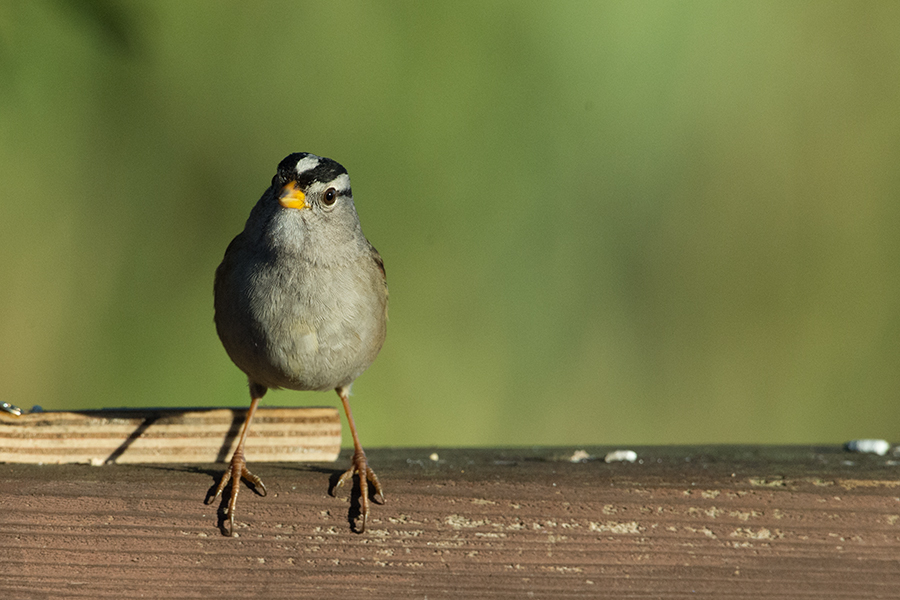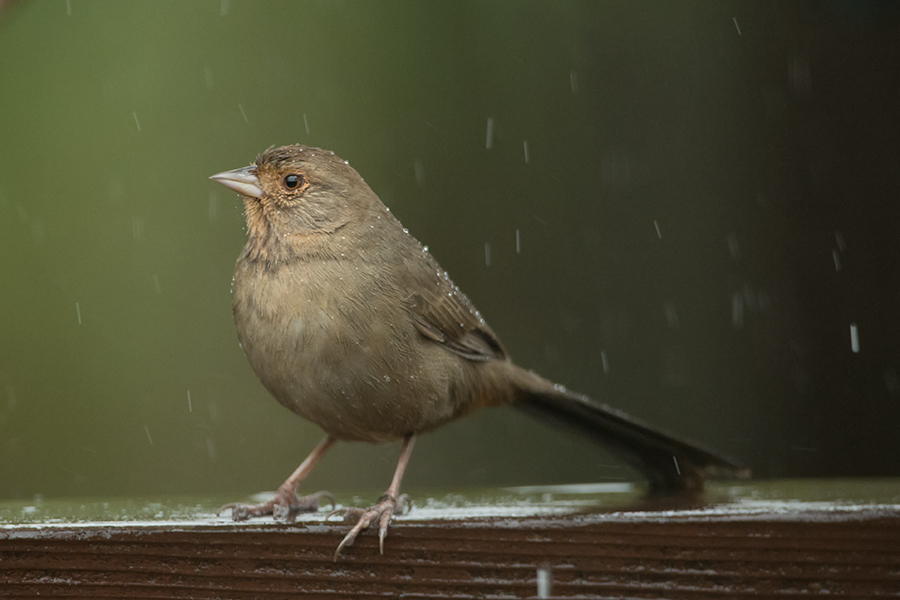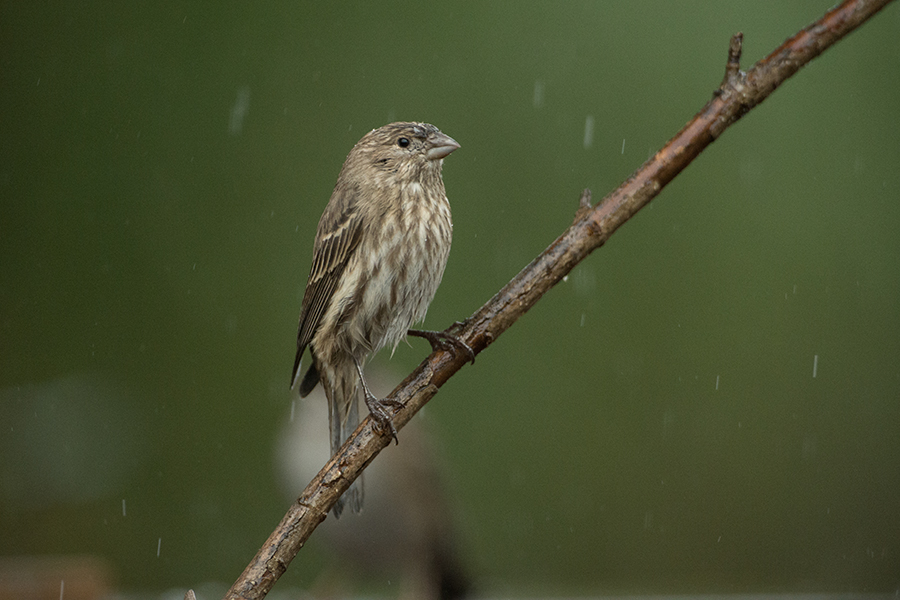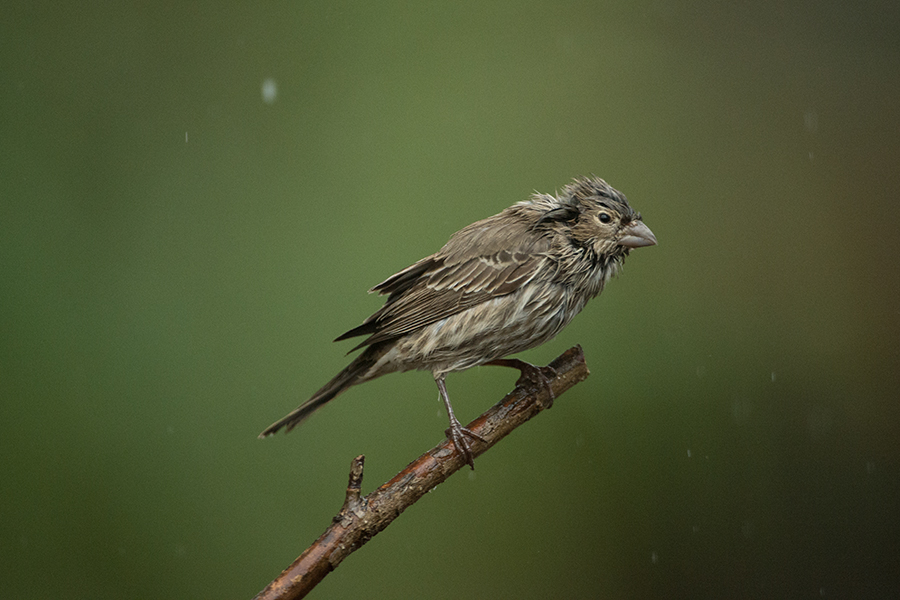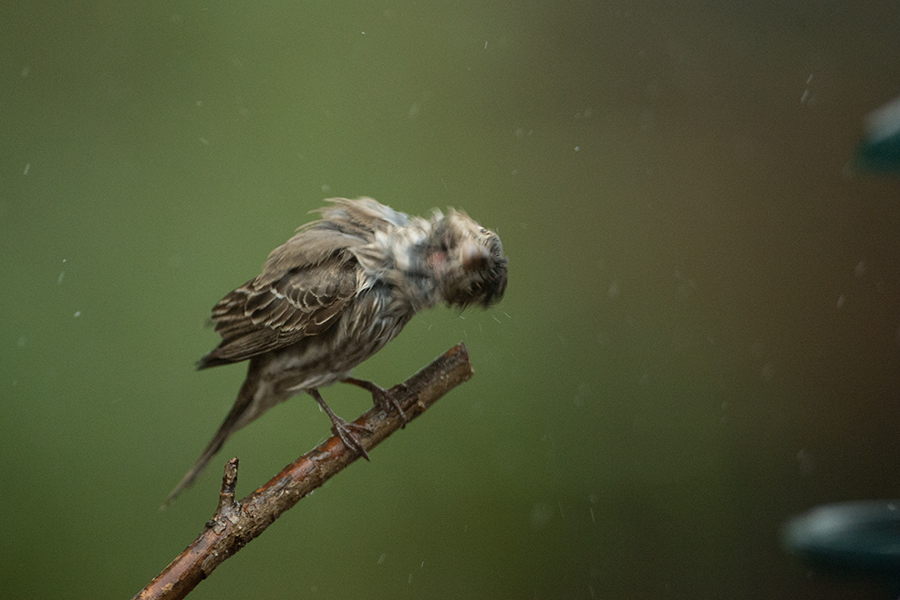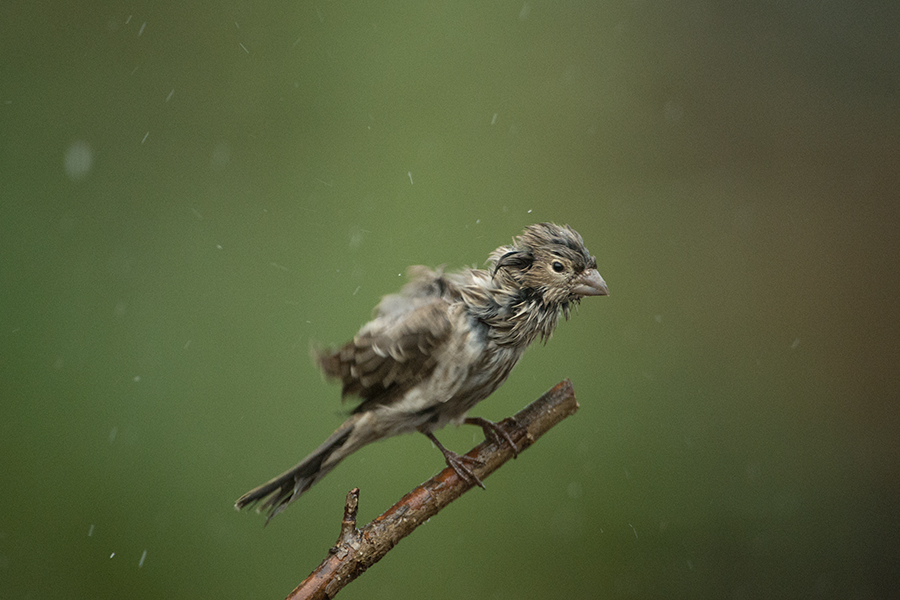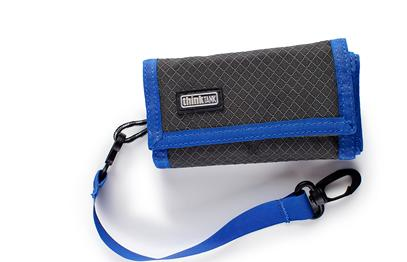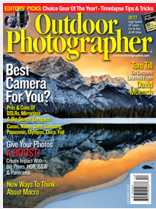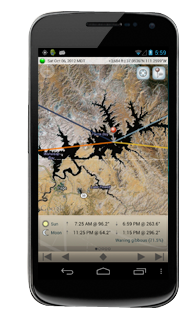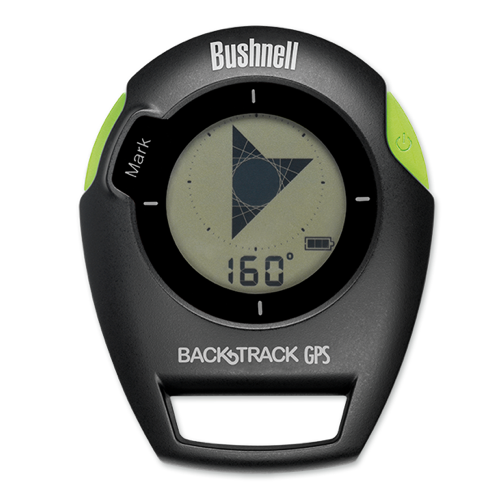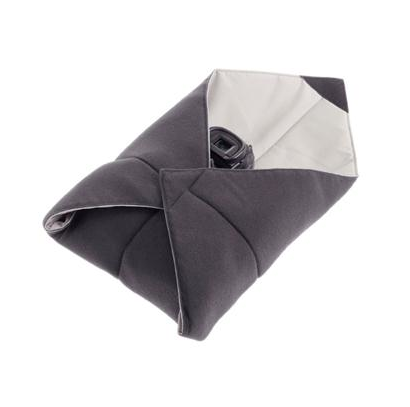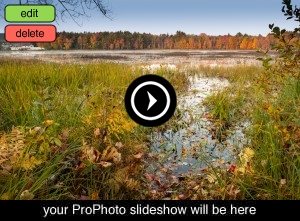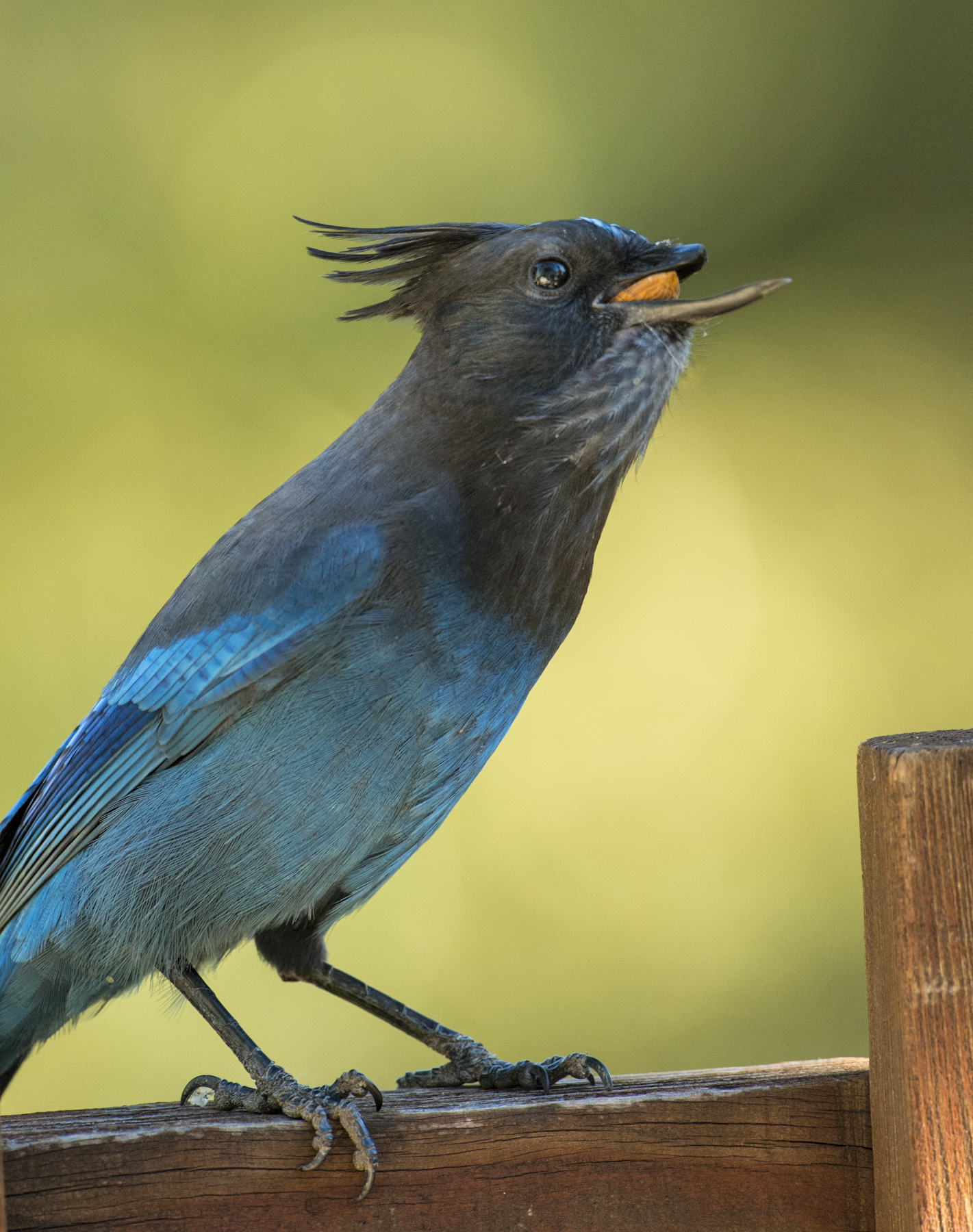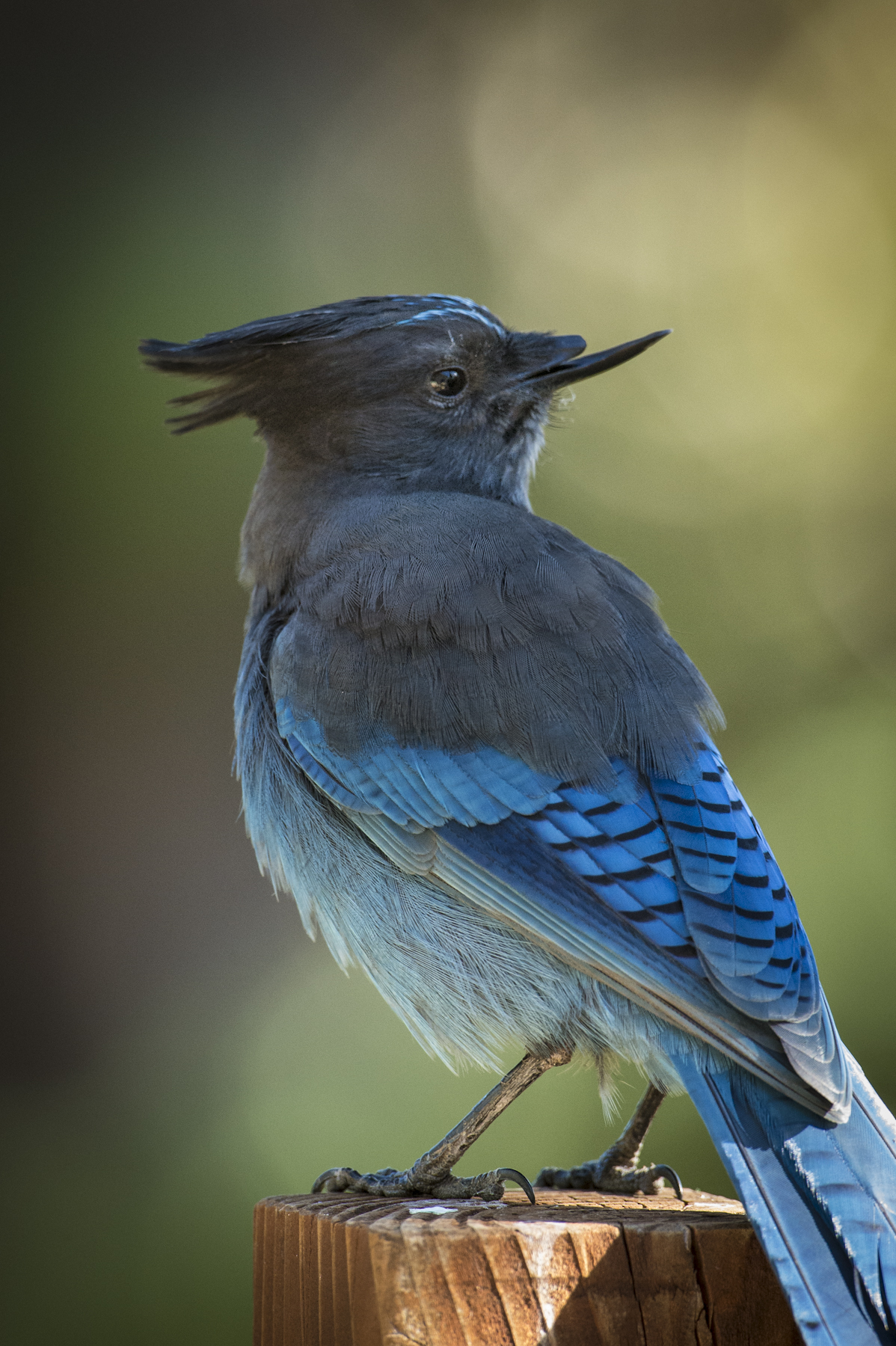Over the years as a professional photographer, I have switched out most of my zoom lenses for prime lenses. Prime, meaning fixed focal length lenses. Where once I was attracted to the concept of staying in one place and zooming to get the focal length I wanted, now I just move around a bit more.

When you think about it, zoom lenses can keep you from moving forward or back. But with a prime lens, if you want a different composition, you HAVE to move. Moving around on a set or outside in nature, you will see more angles, you will see other things that need photographing. Moving around is not a bad thing.
Faster
I have always thought prime lenses were a bit sharper than zoom lenses, but mostly I knew they were faster.
They are faster to focus. With all of my lenses being of the auto-focus variety, I like the speed in which the prime lenses find and lock on a focus point. I don't have any high tech gizmos to check to see just how fast a lens focuses, but when you are shooting a professional job, you don't want to wait for anything. The prime lens give you speed.
Brighter
Prime lenses are also brighter, in that they let more light in and I can shoot in lower light conditions.
That is always the trade off, the lower the light, the more noise that get introduced or the lower the shutter speed. Some prime lenses are two stops brighter than their zoom counterparts. This means I can take the shot, hand held at a 50th of a second - where with the same zoom I would be looking for the tripod. This increases my speed in shooting and my productivity. Also, since they are brighter I can see better in lower light. Most of my prime lenses are f/2.0 or faster. This gives me the freedom being able to see and compose in low light conditions.
This really pays off when I am trying to get absolute sharp focus on a subject and because its so dark, I can't rely on the auto focus anymore, I have to focus manually.
Better control of Depth of Field
With prime lenses that have a wide f/stop such as the Nikon 24mm 1.4 lens that I use, I can focus on the eye, but let the background go softly out of focus. This kind of depth of field control is unheard of in a zoom lens.

Prime lenses can give you a new perspective on photography. Take the challenge: dig through your camera case and find a prime lens, or borrow one. Try using it for a day of shooting and see what your work looks like, you may be surprised.
